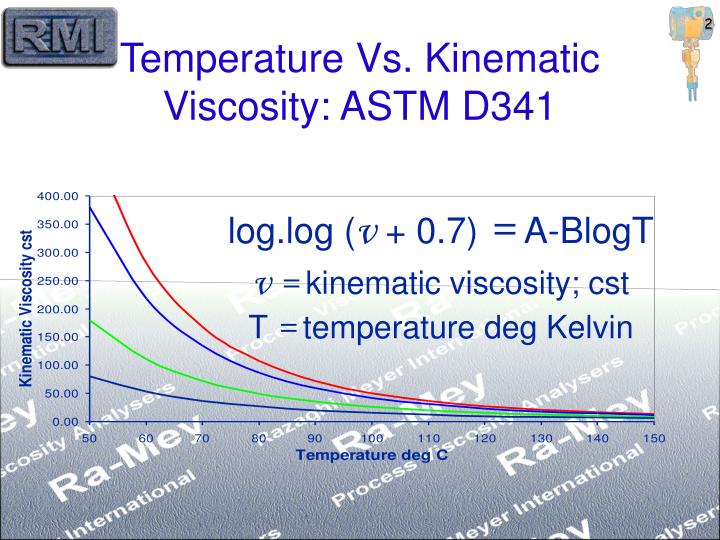
On the contrary, low viscosity fluids are more volatile, creating environmental problems. Oils with too high viscosity don't protect well against mechanical friction, resulting in heat generation. Find more Units & Measures widgets in WolframAlpha.
#Dynamic versus kinematic viscosity free
Viscosity will affect the thickness of the oil film as well as the effectiveness of its protective qualities. Get the free 'Convert Kinematic to Dynamic Viscosity' widget for your website, blog, Wordpress, Blogger, or iGoogle. Table 1, below, gives conversion factors between these units(1). This same variable is often reported in a confusing variety of different units. For translation to standard US engineering units, 1 Poise 0.00209 lbf/sec-ft2. These films are used to protect equipment from mechanical wear and may also have extra benefits such as creating a barrier to corrosion. This is the true or dynamic viscosity, as opposed to the kinematic viscosity, defined below. The viscosity of oil and lubricants are often measured in industrial settings. Kinematic viscometers determine the kinematic viscosity by measuring the time it takes for the fluid to pass through a portion of a capillary. Care must be taken when interpreting values and the temperature at which the values were measured.

Understanding the distinction comes into play in industrial settings as record data is normally reported as kinematic viscosity, but onsite measurements are often measured as dynamic viscosity. Kinematic viscosity is not the same as dynamic viscosity, although they are related mathematically by the density of the fluid. This intermolecular friction is what makes the fluid resistant to change in shape and explains the thick and slow moving properties of highly viscous fluids. The stronger the intermolecular force, the more the molecules will stick together as they collide, manifesting a frictional interaction. Kinematic Viscosity: inherent viscosity of Newtonian fluids, that does not change with a change in applied force. Strongly polarized interactions like hydrogen bonding in water or interactions between large non-polar surfaces in viscous oils produce stronger intermolecular forces. Dynamic Viscosity: viscosity related to the external force applied to non-Newtonian fluids. Viscosity results from the intermolecular forces between molecules in a liquid.

Both Dynamic viscosity and Kinematic viscosity are interchangeable using following formula.Corrosionpedia Explains Kinematic Viscosity.The kinematic viscosity is referred as diffisivity of momentum.Water at 20 degree C has kinematic viscosity of about 1 cSt.It can also be reported in Centistoke (cSt) or m 2/s. The cgs physical unit for kinematic viscosity if stokes(St).Time taken is being noted and converted to kinematic viscosity.The metric unit is square metres per second (m2/s). Measured in stokes (St) or centistokes (cSt). Also known as the coefficient of kinematic viscosity. It is usually measured by noting down the time taken for fluid sample to travel throughĪn orifice in a capillary under force of gravity. Kinematic Viscosity Definition:The absolute viscosity of a fluid divided by the density of the fluid.In this paper an attempt has been made to find. Water at 20 degreeC has a viscosity of 1.0020 cP or 0.001002 kg/(m.s). There are two related measures of fluid viscosity known as dynamic (or absolute) and kinematic viscosity.The commonly used unit is Poise or Centipoise (i.e. Kinematic Viscosity The relationship between the absolute viscosity and the fluid’s mass density can be given by the kinematic viscosity. ➤ Dynamic Viscosity (μ) = Shear Stress/Velocity Gradient Note that is the dynamic viscosity, is the shearing stress in the fluid, y is the shear rate, and the SI units of dynamic viscosity are N s/m2, Pa s, and kg/m s.

It can also be defined as fluid's resistance to deform when subjected to force.It is defined as fluid's resistance to flow.There are two methods to measure viscosity of a fluid viz.ĭynamic viscosity and kinematic viscosity.Viscosity can be defined as measurement of fluid internal resistance to flow at.Viscosity of gases increases with increase in the temperature.Viscosity of liquids decreases with increase in the temperature.



 0 kommentar(er)
0 kommentar(er)
